The first day of school is always a bit nerve-racking. The moment your students walk in, you can feel their nervous energy. To relieve their nerves (and yours too) it’s important to have a lesson plan that is easy to follow.
The first day of school is a crucial time to set the tone for the year, establish classroom norms, and begin building a sense of community. To help you start the school year, I’ve created a lesson plan filled with engaging activities designed to make your first day run smoothly. From icebreakers to math reviews, these activities are sure to captivate your students’ attention and help you get to know them better.
Introduce Yourself
Your students need to get to know you on a personal basis so they know that you are human too! Take the opportunity to introduce yourself and create a slideshow of pictures. Your students need to get to know you and sharing a little about yourself is the first step in building relationships with your students and is essential for first-day lesson plans.
Here are some ideas of pictures you can share:
- School pictures of yourself as a child
- Pictures of when you graduated from high school and college
- Pictures from your summer vacation
- Family pictures
- Pictures of your pets
Your slide show doesn’t have to be fancy. Mine has no text and is literally just pictures. If you don’t have one yet, take the time to create one that can be used year after year.
Name Game
I promise that this game will have you learning your students’ names instantly. After you play, it will always be on your annual list of games to play on the first day of school. It is simple to play and your students will learn each other’s names quickly too.
How to Play:
- Choose a student to go first and they say their name. For example. Lisa. Then the second student says Lisa’s name and their name. Lisa. Michael. Then the third student says, Lisa, Michael, and their name.
- The game continues until the last student has said everyone’s name and their name.
- I finish the game by saying everyone’s names at the end.
Student Interview
Now that your students have gotten to know you, it is their turn. Have them complete a Student Interview worksheet. This is a great opportunity for you to walk around and informally assess their writing. Be sure to save these interview papers for future reference.
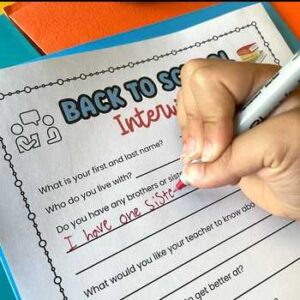
Play an Icebreaker Game
Icebreaker games are a must for the first day of school. I like to play a couple on the first day of school and one each day for the rest of the first week of school. You can use so many, but here are some of my favorites. To learn more about these games and how to play in detail, check out the blog post I wrote about icebreakers to play on the first day of school.
- Roll a Category Ice Breaker Game
This is a fun, interactive game that gets students thinking creatively. Students have three minutes to come up with words that fit categories and start with a specific letter. It can be played with two or four students.
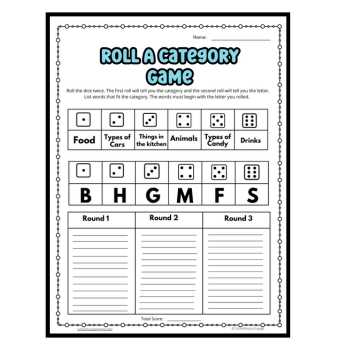
- Find Someone Who… Ice Breaker Game
This game is an oldie but a goodie that many teachers use. It gets students out of their seats and talking to different classmates. Make sure to join in the fun to get to know your students.
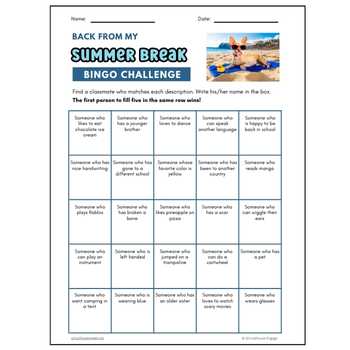
- Cup Stacking Activity
In this game, students work in teams of 3-4 and their goal is to stack up cups using one rubber band with strings. I’ve played this game and prepared all the rubber bands with the strings already tied. But I think this year, I’ll just provide string, scissors, and one rubber band and challenge my students to think of a way to stack the cups without actually touching their cups. This will require less work on my part and more critical thinking for my students. I’ll let you know how it goes!
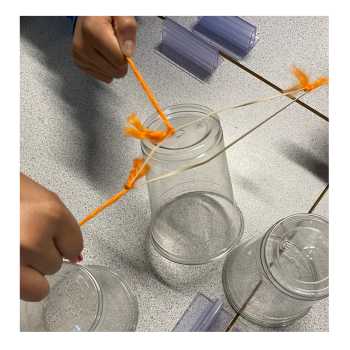
Teach Norms and Routines (but not all at once)
Now that your students have gotten to know you and you have completed an icebreaker, it is time to practice some procedures.
There are so many norms and routines to teach the first week of school that you will want to spread them out throughout the day and week.
Here are a few of the most important ones that should be included in your first-day-of-school lesson plans:
Getting students’ attention
Some of my favorites are:
- Class, class, Yes, yes
- Hocus Pocus, It’s time to focus
- No Bees, no honey, No work, no money
How to walk to the playground
Most of your students haven’t been in a classroom for the past two months, so they will welcome getting out of their seats to practice walking to the playground.
Practice how you want your students to line up (more on that later) and practice where they need to walk to get to the playground. Perhaps you want them to head out first and wait for you at a certain spot while you close up your classroom. If that’s the case, practice that at least two times.
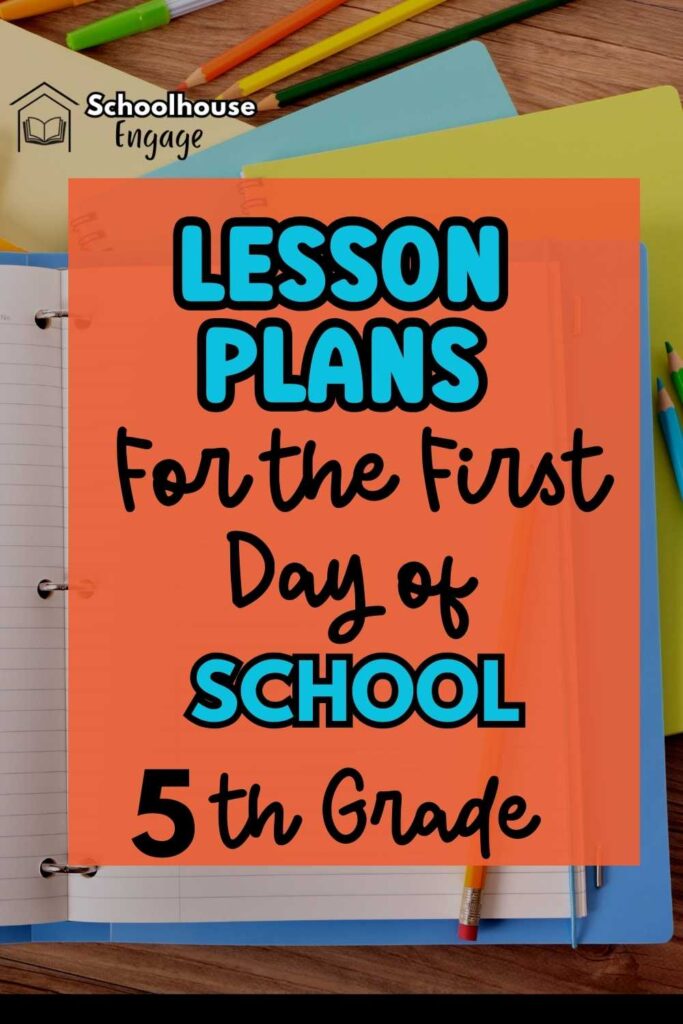
Easy Art Lesson
At this point, students are ready to work quietly on their own and will need a mental break from listening. My go-to lesson is for students to create name tags that I staple on the wall to display their work.
Or you can have students make these name tags to just keep on their desks until you memorize everyone’s name. They basically write and color their name on white paper that I cut beforehand in 8.5 x 3.5 inches.

Their name must be written in bubble letters. Not sure what bubble letters are. Click HERE to learn how easy it is to write them.
Reading Workshop Rules and Procedures
If you have a small library in your classroom, you will want to discuss how to treat books in your library and how students can choose books.
Gather your students on the floor and write down your rules on chart paper. Discuss how many students at once are allowed to go to the classroom library to choose books. Also, give explicit instructions about how students should silently read.
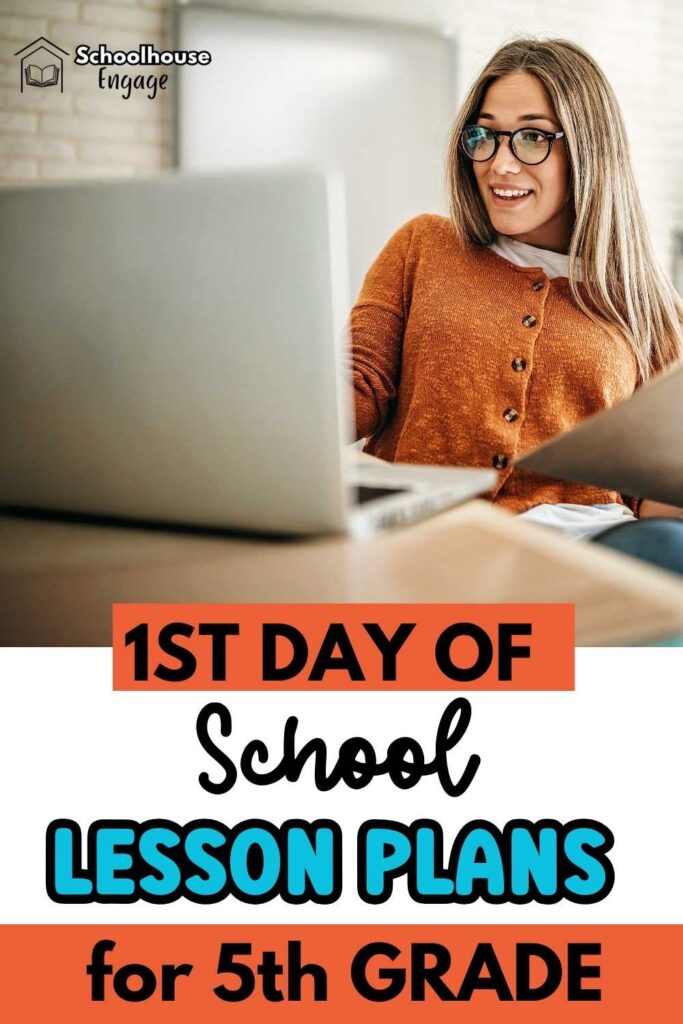
Practice Silent Reading
After a long summer vacation, students need to practice silent reading stamina in the classroom. So I have my students read for 15 minutes after we discuss what good readers do when they are reading independently. I pass out a few baskets filled with books so they can practice choosing a book at their level.
I let them know that we will continue to increase the minutes throughout the year, and I let them know that I will be conferencing with students or testing for fluency in the future during silent reading time. Practicing silent reading isn’t a must-do on the first day of school, but if time permits, go for it!
Practice Lining Up for Recess
At this point, after doing all the above activities, recess is around the corner. 15 minutes before recess starts, practice lining up for recess. Think about how you want to excuse your students. I excuse them by table so everyone isn’t running into line at the same time.
Once outside, let your students know how you want them to line up outside the door when you return from recess. And don’t just tell them, show them and have them practice it. The more specific you are, the better.
Pro tip: The table that is ready first, lines up for lunch first. This will get your students cleaning up and putting away their materials faster.
Goal Setting and Growth Mindset
Teaching what it means to have a growth mindset is crucial for the beginning of the year. Class Dojo has created Growth Mindset videos that you can find for free on YouTube. There are a total of 5, and I show one each day.
After the video, I encourage my students to set personal and academic goals for the school year. When students are done, I have a few volunteers to share their goals and then ask them to share quietly with someone at their table.
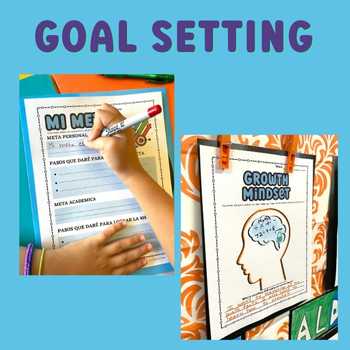
Play a Math Card Game
My go-to math card game for the first day of school is Multiplication War. Students get into pairs and sit on the carpet. You may want to use this opportunity to practice the procedure of how to quietly get out the seat, push the chair in, and find a spot to sit.
To play, the entire deck is evenly dealt between two players face down. Each player simultaneously flips over their top card and multiplies the values of the two cards together, calling out the product; number cards are worth their face value, Aces are worth 1, and face cards (Jacks, Queens, Kings) are worth 10.
The player with says the product of the two cards first, keeps the cards. The player who has the most cards at the end of the game wins. You can read about how to play this game in more detail in the blog post.
Introduce Math Talk
After the loudness of the Multiplication War card game, it’s time for a little peace and quiet. At this point, students have reviewed their multiplication facts with the card game and are ready to review two-digit by one-digit multiplication, which is a 4th-grade standard.
When you review this standard, you can introduce Math Talk, which is a way for students to talk about their math reasoning.
Some Math Talk norms that you may want to teach are how to :
- Gather for Math Talk
- Agree or disagree respectfully with a classmate
- Help a classmate without giving the answer
- Show when you have an answer
After you discuss the norms, practice Math Talk with a two-digit by one-digit multiplication problem. Then give your students a worksheet to practice solving problems. To make it fun, I like to use a worksheet that I created. Students solve the problems to solve a code.
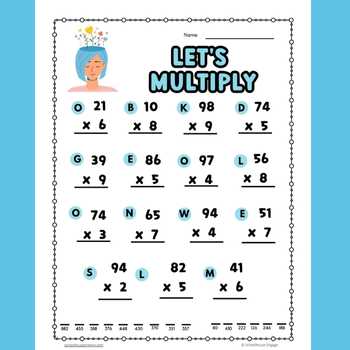
Tips for Success: Some of your students will complete the worksheet quickly, so make sure to have activities available for your fast finishers. Word searches, design your own shoes, and hidden pictures are some favorites. You can grab some HERE at my TPT store.
Teach Procedures Before and After Lunch
Before Lunch
Before your students head off to lunch. Discuss procedures for getting to the lunch tables. When they are walking, is there a special spot where you want them to stop to wait for you if you are not in front of the line? Also, remind students about how they should never leave trash under the tables or touch other students’ food.
After Lunch
Before you open up that door and have your students walk into the classroom, discuss how you want them to walk in. Remind them to walk in quietly without talking, and give points or a reward when students do what you ask.
After lunch, you may want to pass out any school books or supplies that your school provides for students. This is a good opportunity to practice procedures for how you want any materials to be passed out.
Write an Acrostic Poem
Writing an acrostic poem is a simple yet fun way to get some writing in. It’s also helpful for you to assess students’ writing skills.
Be sure to teach a mini-lesson on how to write an acrostic poem. Better yet, do one together. In my Back to School Activities resource, I provide you with an example that you can show your students. After you do the example, have your students write their own using their name or a word that describes them.
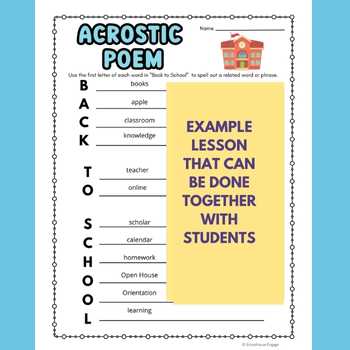
Create a Vacation Postcard
Have students design a postcard from their summer vacation or create a unique shoe design. These activities allow students to share about their summer and express their individuality.

Wrap Up the Day
It’s now time to let your students know how amazing they did on the first day of school. Let them know how excited you are for the school year and how they will learn a lot and have a fun year.
Teach Procedures and Norms for Dimsmal AKA Time to Scram!
Be sure you discuss and practice what you want students to do before they are dismissed. Some ideas are:
- Cleaning up and throwing away papers on the floor under the table
- Putting away pencils, erasers, etc.
- Packing up backpacks
- Organizing the inside of their desks (meaning large books or notebooks go first, then medium books are stacked on top next, then small books)
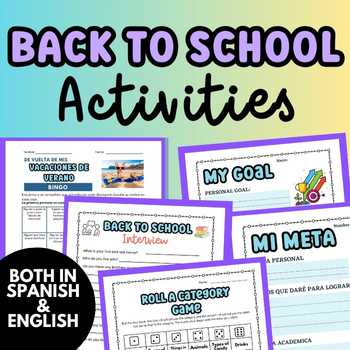
Final Thoughts
Having lesson plans that engage students but also teach procedures and routines will help start your year on the right note.
My Back to School Activities resource provides everything you need to keep your students engaged while getting to know your students better. I hope these lesson plans set the foundation for a successful and enjoyable school year.
Pin this post for later 📌
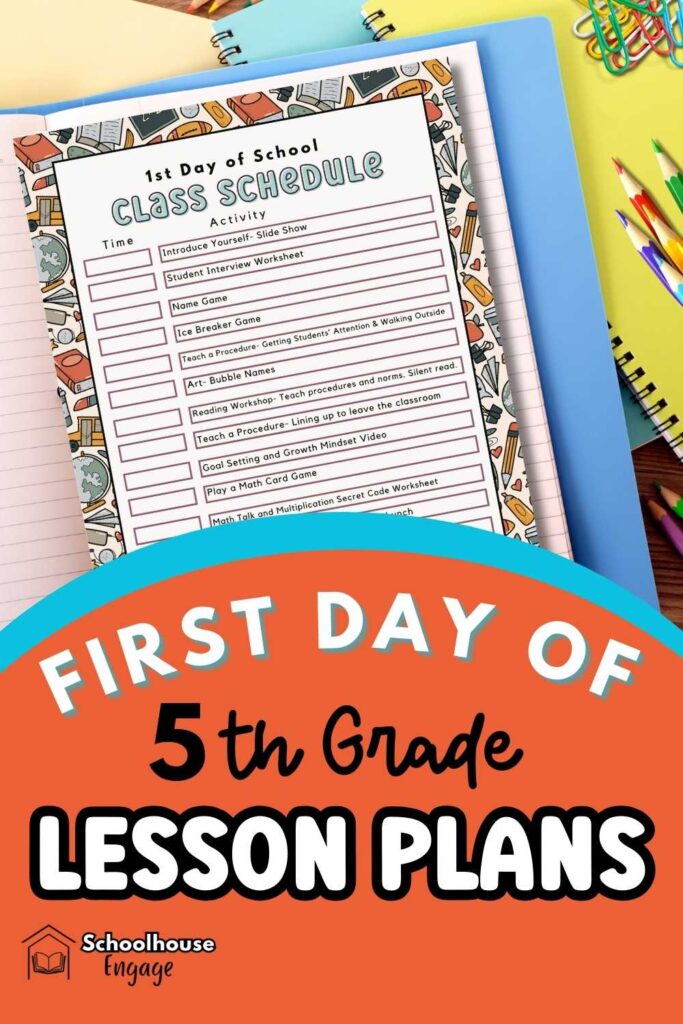
For more blog posts about Back to School, check out:

